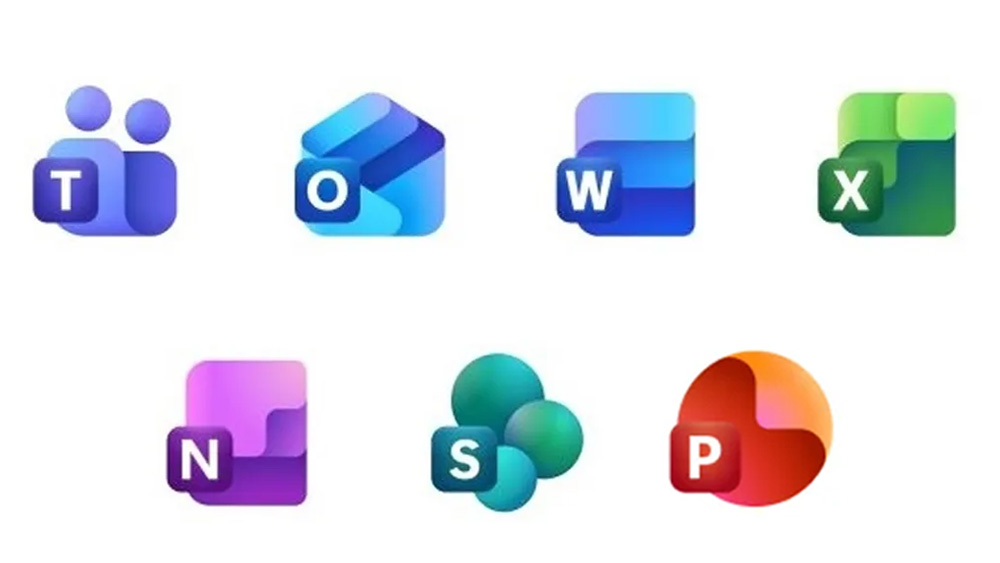Nintendo Faces Turbulent Launch for the Switch 2 Amid Tariff Uncertainty

Nintendo's upcoming console, the Switch 2, is poised to become one of the most complicated launches in the company's history, particularly in the U.S. market. Priced at $450, the eagerly awaited device is scheduled for release on June 5. However, Nintendo's efforts to deliver the console are being significantly hampered by an unpredictable tariff landscape that threatens to derail its rollout at any given moment.
According to a recent report from Bloomberg, the iconic gaming company has taken drastic measures by redirecting shipments of the Switch 2 to the U.S. This strategy aims to create a stockpile in anticipation of potential tariff increases, which could drastically affect pricing and availability. Despite these efforts, some analysts suggest that Nintendo may find itself selling the consoles at a loss due to the current market conditions.
The situation intensified earlier this week when Vietnam, the primary manufacturing hub for the Switch 2, faced the possibility of a staggering 46 percent tariff. However, in a surprising turn of events, President Trump paused these tariffs just as stock and bond markets began to plummet. Instead, a flat 10 percent tax has been temporarily imposed across the board, providing a brief respite for Nintendo and its plans for the console, which had previously seen preorders suspended due to uncertainty surrounding tariffs.
In light of these developments, it appears that Nintendo has been ramping up its shipments of the Switch 2 from Vietnam to the U.S. In fact, data from customs reveals that Hosiden Corp., one of the key assemblers of the Switch 2, shipped a greater number of devices in February alone than in the preceding six months combined. This surge in shipments suggests that Nintendo is making a concerted effort to stockpile consoles ahead of the launch, potentially allowing them to have millions available to meet the initial demand.
As it stands, while the current 90-day tariff suspension offers temporary relief, there is still a looming possibility that tariffs on key regions involved in the assembly of the Switch 2 could return. Yet, if Nintendo successfully accumulates a sufficient inventory, they may be able to satisfy at least some of the fervent early adopters during the initial launch period and into the summer. Despite this, analysts caution that Nintendo may still incur losses from the console sales due to the 10 percent import tax. According to Hideki Yasuda, an analyst at Toyo Securities, the estimated cost of materials for the Switch 2 hovers around $400, indicating that the company would be operating at a loss, although one they could likely absorb.
In contrast, competitors like Sony, which relies heavily on China for its PlayStation 5 production, face a more precarious situation. Experts believe that if tariffs continue to escalate, Sony may soon have no choice but to raise the prices of its products in response to the heightened manufacturing costs.
A key motive behind the recent tariff changes was to encourage manufacturing within the U.S. However, experts express skepticism regarding the feasibility of producing the Switch 2 domestically in the near future. Joseph Foudy, an economics professor at New York University Stern School of Business, remarked that setting up a final assembly factory in the U.S. would be a multi-year process. The steps involved would include securing land, constructing a facility, and establishing a workforce, a logistical challenge that Nintendo is unlikely to undertake, particularly given the ever-changing trade policies.
Ultimately, the uncertainty surrounding tariffs and the feasibility of relocating production amplifies the challenges that Nintendo faces as it prepares for the launch of the Switch 2. The companys long-standing strategy is to maintain stability and reliability in their operations, making the current situation particularly distressing for the gaming giant.
























